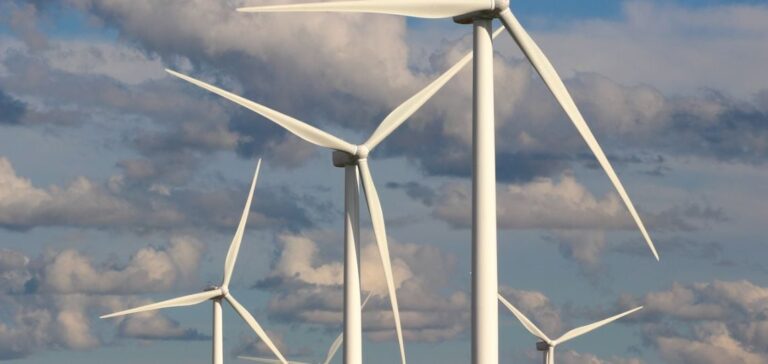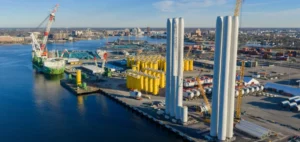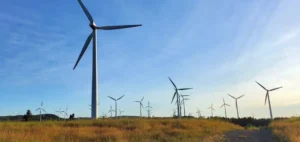British Columbia recently signed a 30-year power purchase agreement (PPA) with BC Hydro for energy generated by the K2 wind project. This partnership brings together the Westbank First Nation (WFN) and Innergex Renewable Energy to develop an installed capacity of 160 MW. Located in the Pennask Mountain region, this project will contribute to the province’s goals of reducing greenhouse gas emissions and expanding clean electrification.
With an estimated annual output of 500 GWh, the K2 wind farm will power approximately 50,000 homes. This long-term contract, indexed to inflation, ensures financial stability for the project while reinforcing the province’s commitment to energy transition.
Local economic and social impact
The K2 wind project is designed to deliver direct benefits to local and Indigenous communities. About 130 jobs will be created during the development, construction, and operational phases. These economic opportunities are accompanied by rigorous environmental measures aimed at preserving biodiversity and minimizing impacts on sensitive lands.
Community consultation plays a central role in this project. Initiatives such as job fairs and public workshops have been set up to ensure broad inclusion and consensus on the socioeconomic and environmental impacts.
A project under regulatory conditions
The implementation of the wind farm remains subject to several steps, including obtaining the necessary permits and finalizing contracts with suppliers. Additionally, a referendum will be held among Westbank First Nation members, in line with their Constitution, to validate their participation in the project.
These conditions highlight the complexity of energy projects, combining political, economic, and social challenges. This agreement also underscores the growing importance of collaborations between corporations and Indigenous communities in developing large-scale sustainable solutions.
Prospects for energy transition
This partnership marks a significant advance in British Columbia’s energy strategy. With the goal of expanding its wind portfolio, the province continues to play a key role in promoting renewable energy while strengthening the economic empowerment of local communities.
The collaborative model between BC Hydro, Innergex, and the Westbank First Nation could inspire similar initiatives across the country as Canadian provinces intensify efforts to meet national climate goals.






















